|
This week's stories may reflect how the Department of Natural Resources has adapted to meet customer needs and protect public health and safety. Follow our COVID-19 response page for updates on access to facilities and programs.
We'll continue to share news and information about the best ways to discover and enjoy Michigan's natural and heritage resources! Here's a look at some of this week's stories:
See other news releases, Showcasing the DNR stories, photos and other resources at Michigan.gov/DNRPressRoom.
PHOTO FOLDER: Larger, higher-res versions of the images used below, and others, are available in this folder.
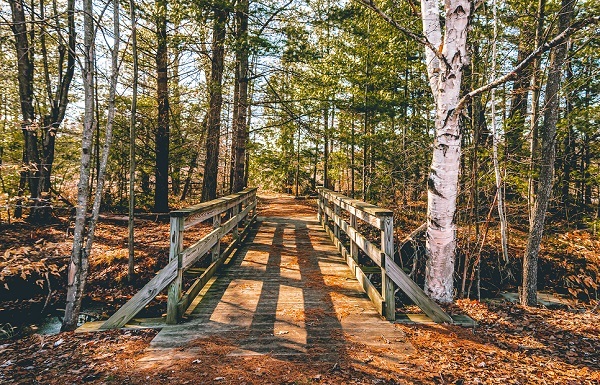 Want to see more pictures like this, taken by Michigan state parks photo ambassador Samantha Hageman Gaina at Mitchell State Park in Wexford County? Visit Instagram.com/MiStateParks to explore photos and learn more about the photo ambassadors! For more on the photo ambassador program, call Stephanie Yancer at 989-274-6182.
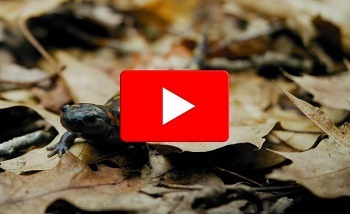
What if we told you there were places in the forest where you can find fairies, sirens and underwater worlds? Sounds enchanting, right?
Sometimes called “the coral reefs of the northern forest,” vernal pools are bodies of water that hold the key to sustaining a multitude of plant and animal life. They may at first appear as leaf-littered ponds, but a closer look reveals a magical array of species beneath the surface.
What exactly is a vernal pool? “Vernal” is a word that means spring, reflecting the fleeting nature of these forested pools that appear after snowmelt and draw down in summer or fall. Some even disappear in dry weather.
Vernal pools can be part of larger wetland systems but are not connected to permanent bodies of water and mostly are less than an acre in size. These pools also have no fish, making them ideal nursery habitat for eggs and young that would otherwise be gulped down by aquatic predators.
|
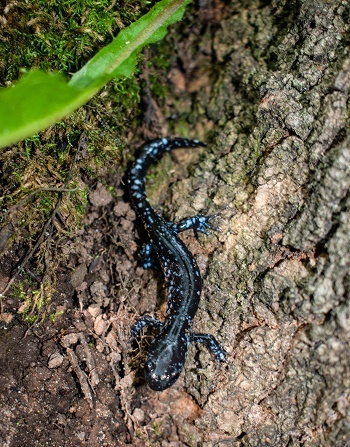
Creatures like tiny freshwater fairy shrimp, land salamanders and their aquatic cousins called sirens, and woodland turtles rely on these forest oases. A collection of evocatively named plants like jewelweed, mad-dog skullcap, raven’s-foot sedge, sensitive fern and harlequin blueflag grow around them. Many species that depend on vernal pools are rare or threatened.
To find a vernal pool, listen for a chorus of spring peepers – small woodland frogs – as they sing slowly, then faster as spring temperatures rise.
Get a glimpse of the life within vernal pools in a new short video, “Ephemeral,” from the Michigan Vernal Pools Partnership highlighting the importance of these fleeting marvels.
There is a lot we can learn from vernal pools, and plenty of opportunities for community scientists to lend a hand. Join the Vernal Pool Patrol to help gather information on these special places. Records are used to map pools and compile a database of information that natural resource managers can use. Learn how to get involved and view the Michigan Vernal Pool Database.
For more information, visit the Michigan Vernal Pools Partnership website.
|
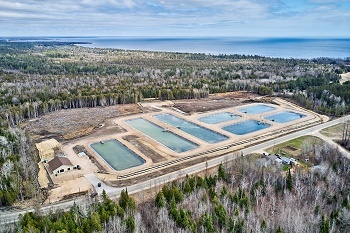
For nearly a century, the Thompson State Fish Hatchery, in Manistique, has been a fish-production workhorse, turning out the millions of fish needed to satisfy both management goals and anglers’ recreation needs. But the wear and tear of time takes a very real toll; key facility components were showing signs of aging, and replacement parts were getting increasingly difficult to find.
In partnership with the Michigan Department of Technology, Management and Budget and the design and engineering consultant HDR, the DNR completed renovations in late spring 2021.
Fish production took off, and the engineering industry took notice – the American Council of Engineering Companies of Michigan recently recognized the Thompson State Fish Hatchery project, along with the Little Manistee River Weir upgrades, with its prestigious Engineering and Surveying Excellence Merit Award.
“Notable renovations include the new raceway feeding system and significant upgrades to the electrical distribution system, including a new backup generator and construction of a new coolwater fish production facility,” said Ed Eisch, DNR fish production manager. “The improvements to the existing facility will benefit chinook salmon and steelhead production for decades to come, while the new coolwater facility will provide a much needed boost to statewide production of walleye and muskellunge.”
|
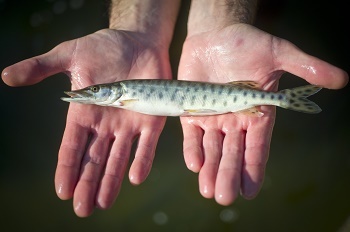
The coolwater facility includes:
- A hatchery building that has a biosecure room for receiving and disinfecting eggs.
- An egg incubation and hatching room with several tanks for receiving hatched walleye fry.
- A lined pond complex.
All rearing water is supplied by two new production wells. The incubation water can be heated or chilled to manage the timing of fry hatching, and the electrical infrastructure is backed up with a generator that starts automatically if primary power is lost.
The pond complex, which includes two 1-acre, lined ponds and four half-acre, lined ponds, are designed to produce up to 250,000 spring fingerling walleyes and 18,000 fall fingerling muskellunge each year. The production ponds are covered by netting to keep out predators. A lined solar pond will allow introduction of passively preheated water to the rearing ponds, which will avoid causing thermal shock to the fish.
Eisch said the ponds were put into muskellunge production in summer and fall 2021 and performed even better than expected – more than 20,000 fall fingerling muskellunge were harvested and stocked in November.
“The fish were healthy and robust, and the harvest operation went very smoothly,” he said. “The staff is looking forward to using the ponds for walleye production this spring.”
To learn more about the state’s fish production efforts and facilities, visit Michigan.gov/Hatcheries or contact Ed Eisch at 231-499-4118.
|
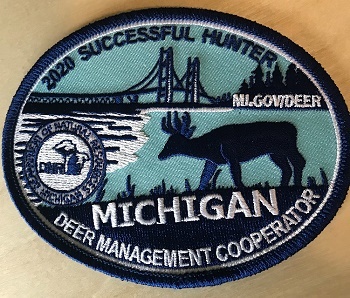
Sharpen your pencils and prepare your paints – we want to see your designs for the 50th anniversary deer management cooperator patch!
Those interested in sharing their design ideas for the 2022 patch are encouraged to enter this year’s contest, which is open to everyone.
The Michigan deer management cooperator patch has been a popular collector’s item for hunters since the early 1970s. Every year the patch design is different, but always portrays the designer’s interpretation of white-tailed deer or deer hunting in Michigan.
Patch designs may be created in any medium and shape, with no more than five colors used. The work must be original and submitted by the artist. Design submissions for the 2022 deer management cooperator patch are due April 29. The DNR will contact the winner in early June.
Full contest guidelines are available on the DNR website.
Questions? Contact Emilie O’Grady at 517-284-9453.
|
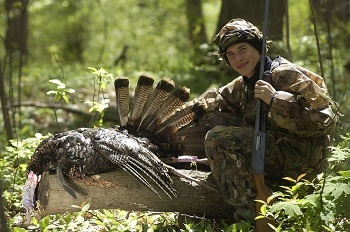
With warmer weather working its way through the state, many residents will be making plans for fishing, ORV riding, turkey hunting and other outdoor adventures. Have fun, but remember to put safety first. For those who need them, now is a great time to earn any required recreational safety certificates.
Hunter safety: Spring wild turkey season begins April 17. All first-time hunters born on or after Jan. 1, 1960, are required to take and pass a hunter safety education course, with the exception of those who qualify for an apprentice or mentored youth hunting license. Hunter safety education is available as a traditional in-person classroom experience, a take-home study, or online. Both the take-home study and online options require participants to preregister for an in-person field day following the successful completion of the take-home study or online training.
ORV safety: State trails and scramble areas are now open for ORV use. Operators under the age of 16 riding on public land in Michigan must take an approved ORV safety education course, carry an ORV safety certificate and have direct visual supervision of an adult (including when crossing roadways).
Boater safety: Spring fishing can help chase away those winter blues. Boaters born after June 30, 1996, must earn and carry their boater safety certificate to operate a motorized vessel in Michigan.
To register for upcoming courses, go to Michigan.gov/RecreationalSafety. Spring classes are filling fast!
For more information, email DNR-LED-RecSafety@Michigan.gov.
|
|